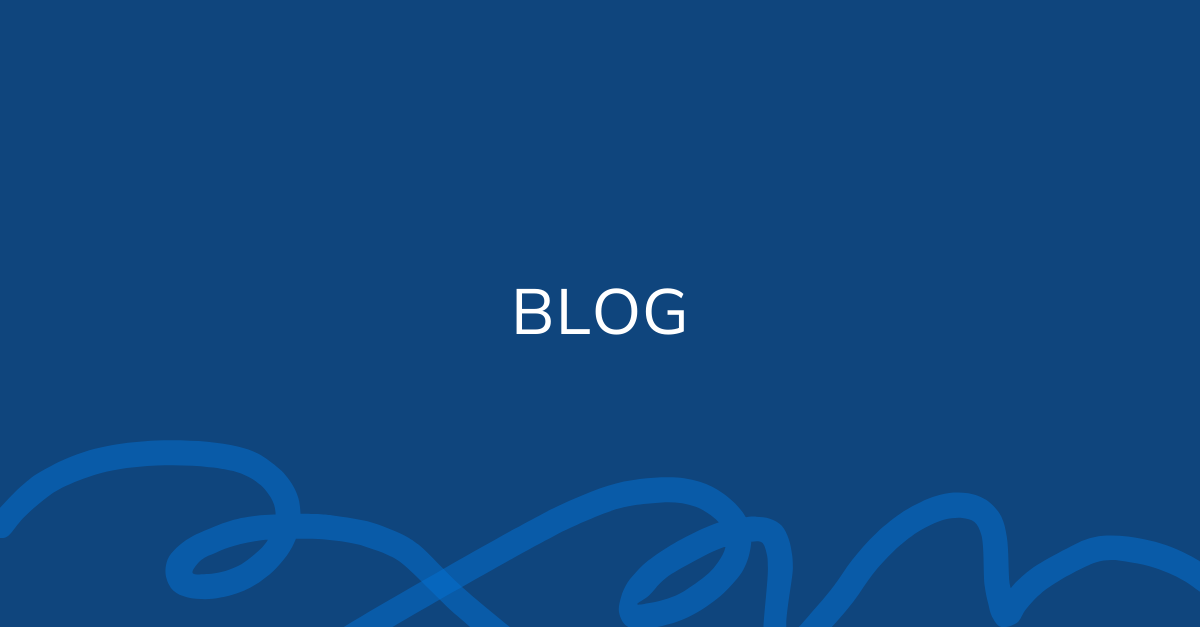
For senior care facilities, including rehabilitation, assisted living (AL), and skilled nursing facilities (SNFs), the often reactive cost associated with the management of falls and mobility assessments is staggering. Falls among residents, particularly older adults or those with compromised mobility, pose significant financial, operational, and reputational risks. Proactively addressing these issues through actionable fall prevention strategies and gait analysis is not just a medical necessity—it’s a critical business decision.
Falls are the leading cause of both fatal and nonfatal injuries among older adults in the United States. According to the CDC, 1 in 4 Americans over age 65 experiences a fall annually, with outcomes ranging from severe injuries to loss of independence, and even death. For the senior living facility, the consequences of these incidents extend far beyond the individual. Each fall represents a preventable situation that impacts both the residents and the facility. Delaying action to mitigate fall risks only increases the likelihood of costly and avoidable incidents.
“Older adults are at high risk for falls, and falls with injury are the most prevalent claim for senior living and long-term care providers. For claims exceeding $1M, falls are the highest primary cause at 34.1%, double of the second cause, abuse 15.7%." - 2024 General and Professional Liability Benchmark Report
Overall healthcare costs in the U.S. reflect that a single hip fracture from a fall can cost $40,000 or more in medical expenses alone. By 2030, the estimated annual cost of falls in the U.S. is projected to reach over $101 billion.
For senior living facilities, falls can impose a significant financial burden with annual costs potentially climbing to hundreds of thousands of dollars, depending on the frequency and severity of incidents. Preventable falls often lead to additional expenses that cannot be reimbursed, such as insurance premium increases, further straining budgets. Moreover, inadequacies in fall prevention and care can result in penalties from Medicare and Medicaid, compounding the financial challenges.
Add to that the operational costs associated with extended care, rehabilitation, or accommodating long-term disability, and the financial burden quickly becomes unsustainable. When a patient is readmitted to the hospital as a result of a fall, the senior living facility is then unable to bill for services or reallocate the vacant room, adding to the financial impact to the organization. Liability risks and regulatory scrutiny further compound the issue, with potential legal battles and increased insurance premiums putting even more strain on the facility.
Investing in proactive fall prevention technology for gait analysis, along with physical therapy programs, is far more cost-effective in the long run. The upfront cost of these strategies pales in comparison to the financial fallout of repeated incidents.
Frequent resident falls can deeply damage an organization's reputation. Families and healthcare partners place a premium on safety and quality of care when choosing a facility. A history of falls can lead to negative reviews, reduced referrals, and challenges in attracting new residents. Online platforms and word-of-mouth amplify these effects, making it harder for ALs and SNFs to recover from reputational damage. As a result, the reputational damage caused by fall-related incidents often leads to reduced occupancy rates and shrinking revenue streams. These compounded financial pressures highlight the critical need for proactive measures to minimize fall risks and associated costs.
Resident satisfaction is another critical factor. When fall risks are not addressed, residents may feel anxious, unsafe, or neglected, leading to lower satisfaction scores and complaints. This can negatively impact a facility’s Medicare SNF value assessments and star rating, which are crucial indicators of quality care. Therefore, a tarnished reputation affects not only the bottom line and occupancy rates but also the ability of the facility to maintain consistent, high-quality care.
On average, clinical staff in skilled nursing facilities spend a significant portion of their time addressing fall-related issues.Following a fall incident, an estimated 25% of a nurse's time spent on fall-related tasks, such as documentation, assessment, and care coordination, highlights the need for proactive fall prevention. By reducing fall incidents, valuable nursing time can be reallocated to other aspects of quality care, thus reducing the strain on staffing resources.
For patients and residents, falls don’t just cause physical harm—they impact the emotional well-being of residents. A single fall can lead to a loss of confidence, reduced independence, and social isolation. A fear of falling, particularly after experiencing a previous fall, can significantly limit an individual’s independence and diminish their quality of life. This fear not only affects the individual but also places strain on families and caregivers, increasing stress and impacting everyone’s overall well-being. Facilities that neglect to address these concerns risk fostering an environment where residents feel unsafe and unsupported.
Fortunately, tools like OneStep make it easier than ever for senior living facilities to proactively reduce fall risks. OneStep’s advanced fall risk assessment technology and early intervention solutions help facilities identify and address mobility issues before they lead to serious incidents. By detecting problems early senior care facilities can improve outcomes, enhance resident safety, and avoid the long-term costs of preventable falls.
The cost of doing nothing is too high to ignore. Investing in fall prevention and gait analysis is not just about compliance—it’s about protecting your residents, your reputation, and your bottom line. These measures ensure safety, independence, and dignity for residents while reducing liability and boosting operational efficiency for your facility.
Don't risk your business, or the livelihood of your patients. The time to act is now—because the benefits far outweigh the risks of waiting.